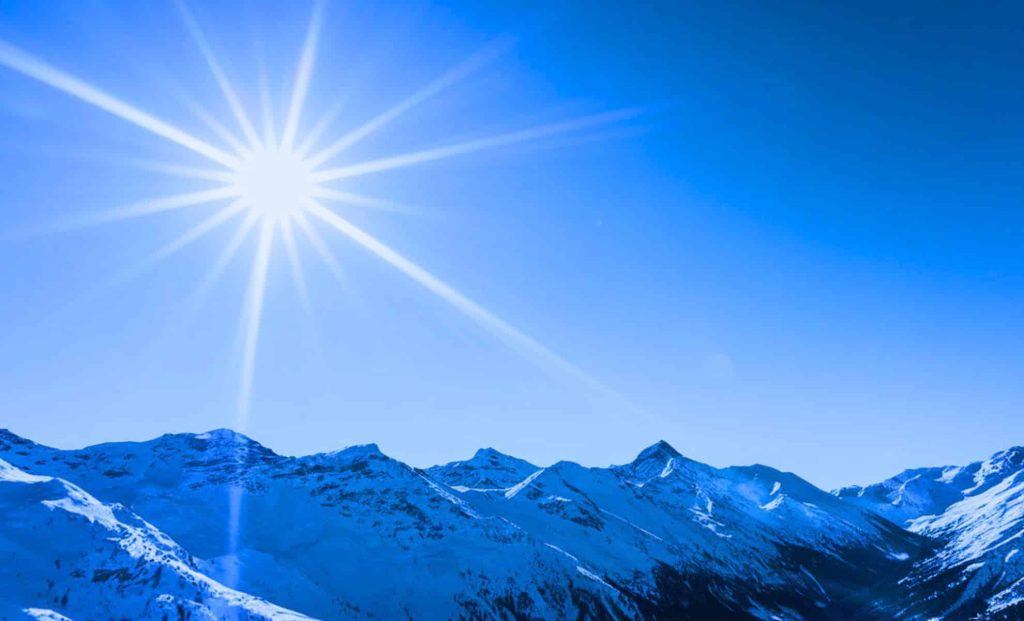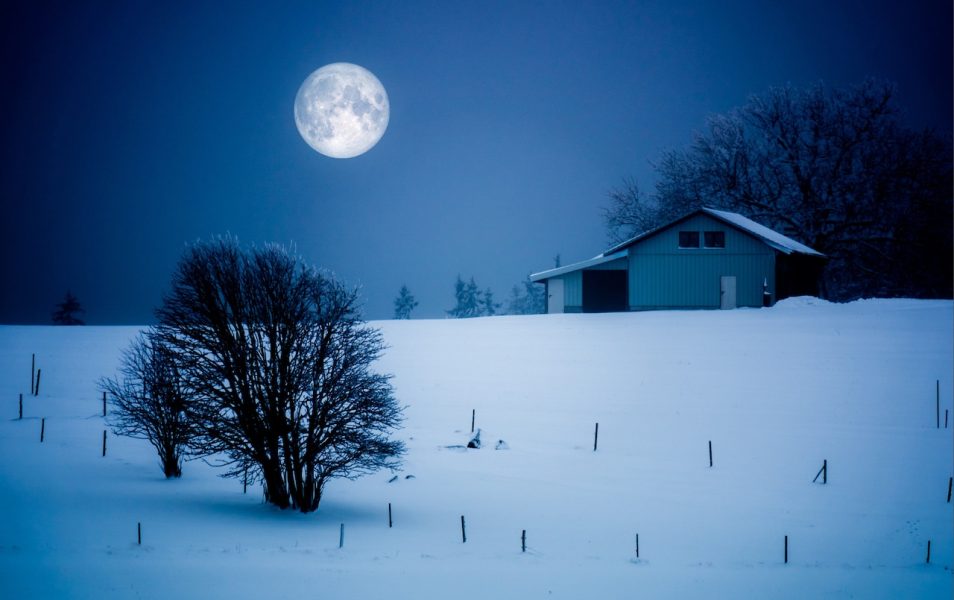In 1831, the Sun Turned Blue for Months—Scientists Have Finally Uncovered the Chilling Truth – Indian Defence Review

In the summer of 1831, an unexpected chill turned warm months into a season of snow and hardship. Skies took on an eerie hue, crops withered, and famine loomed across the Northern Hemisphere. For nearly two centuries, the cause remained buried in history. New research uncovers the hidden force that changed the climate overnight.In the summer of 1831, German composer Felix Mendelssohn recorded an eerie sight in his journal while traveling through the Alps—deep snow covering the hills in the middle of the warm season. Across the Northern Hemisphere, temperatures dropped unexpectedly, crops withered, and famine loomed.For nearly two centuries, scientists speculated that a volcanic eruption might be responsible, but no clear culprit was ever found. Now, thanks to cutting-edge geochemical analysis, researchers at the University of St Andrews have finally solved the mystery.During the spring and summer of 1831, an unknown volcano injected vast amounts of sulfur dioxide into the atmosphere. This veil of airborne particles scattered sunlight, casting an eerie blue-green tint over the skies and cooling the planet.Historical accounts from the time describe strange weather patterns, failed harvests, and widespread hardship. But while people suffered the consequences, the eruption itself remained elusive. Scientists debated possible sources, from Ferdinandea, a submarine volcano near Sicily, to Babuyan Claro in the Philippines, but none matched the climatic data. Then came a breakthrough—hidden not in old records, but deep in the ice.Dr. William Hutchison and his team at the University of St Andrews extracted microscopic volcanic ash particles from ancient polar ice cores. By comparing their chemical composition to known volcanic deposits, they found an unexpected match: the Kuril Islands, a volcanic chain between Japan and Russia.But there was a problem—no major eruptions were recorded there in 1831. The team needed physical proof. Russian geologists provided decades-old rock samples from Zavaritskii volcano, a caldera system on Simushir Island.Then came the moment of truth. When researchers analyzed both ashes—the one from the ice core and the one from the volcano—the results were identical.“The moment we analyzed both ashes together, one from the volcano and one from the ice core, was a true ‘Eureka’ moment. The numbers were identical,” Dr. Hutchison said.Unraveling the 1831 mystery is more than a historical curiosity—it’s a warning. Large volcanic eruptions have the power to disrupt global weather patterns, triggering sudden cooling events that could devastate agriculture, infrastructure, and economies.“There are many volcanoes with the potential to trigger a similar global cooling event,” warns Dr. Hutchison. “Predicting when and where the next major eruption will happen remains extremely difficult.”With growing concerns over climate change, such an event could have unpredictable consequences in today’s world. The more we understand these hidden geological forces, the better we can prepare for the next time Earth decides to remind us who’s really in charge.Got a reaction? Share your thoughts in the commentsEnjoyed this article? Subscribe to our free Newsletter for engaging stories, exclusive content, and the latest newsComment Save my name, email, and website in this browser for the next time I comment.
© 2024 | Indian Defence Review | All rights reserved





